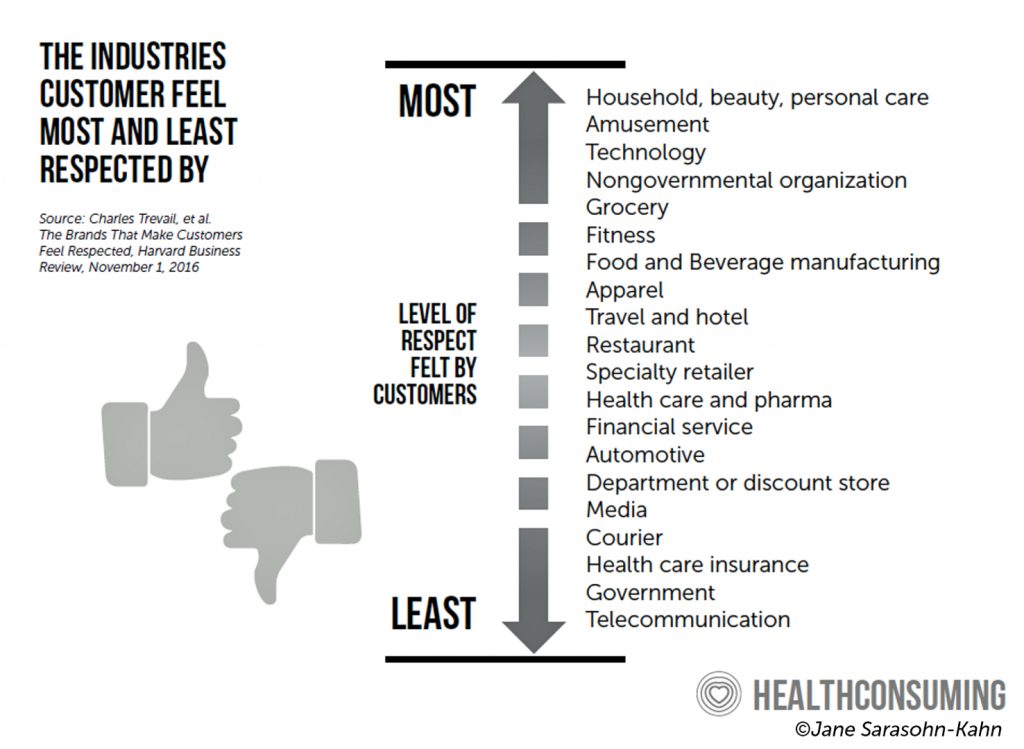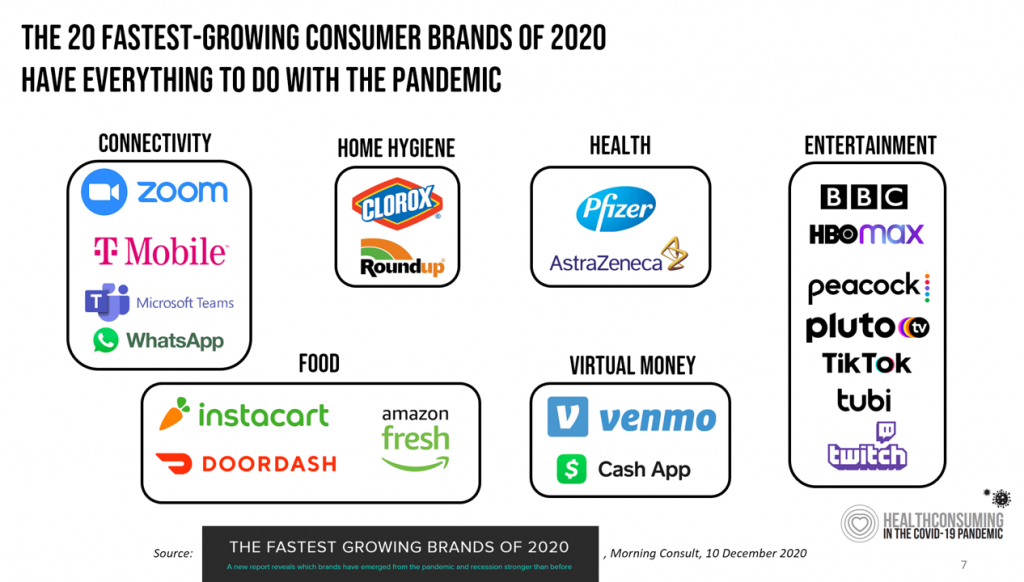
The Retail Health Battle Royale in the U.S. – A Week-Long Brainstorm, Day 1 of 5 – HealthPopuli.com
I’ve returned to the U.S. for a couple of months, having lived in and worked from Brussels, Belgium, since October 2021 (save for about ten days in March 2022). Work and life slow down in Europe in July and August, giving us the opportunity to return to our U.S. home base, reunite with friends and family, and re-join life and living this side of the Atlantic.
The timing of my return to the U.S. coincides with a retail health hurricane of big announcements shaking up the health/care ecosystem. Among these events are Amazon’s plan to acquire One Medical, Apple’s publication of the paper, Empowering People to Live a Healthier Day, and other news that, together with these line items, signal a shake-up of American health care as we know it.
Every day this week in this Health Populi blog, I will discuss these events and their implications for health care, most importantly impacts and import for U.S. health citizens: that is, consumers, patients, caregivers, and clinicians (especially nurses, pharmacists, and physicians).
Today, on Day 1, let me set up the context for retail health as I laid out in my book, HealthConsuming: From Health Consumer to Health Citizen. Chapter 4 described the landscape and market forces shaping The new retail health, Each day the rest of this week, I’ll dive into one of the big events and weave their impact into the larger discussion of The Retail Health Battle Royale.

The subtitle of this chapter reads, “Barbershops, places of worship, and grocery stores: the new front doors to health.” This has been my focus of health/care delivered where we live, work, play, pray, learn, and shop — bolstering drivers of health that are personal to us, our values, and our ZIP codes.
Let’s begin with a chart from the book that looked around the corner to predict here the retail health puck was going….on patients-as-consumers’ expectations for Amazon-like services…
Back in 2016, Aflac (you know, the folks with your favorite duck mascot) asked workers with health insurance what kind of health care plan purchasing experience they would like. At that time, six years ago — one in two people said that experience should feel like Amazon, and another 1 in 5 said the best retail store experience (THINK: Nordstrom, REI, name your fave retailer).
This was well before the pandemic, of course.

Now, check out the second chart from The New Retail Health chapter of HealthConsuming: I often refer to this graphic as my Rodney Dangerfield-Aretha Franklin touchpoint, noting Rodney’s “I Don’t Get No Respect” and Aretha’s demand for “Respect.”
Note that the health care, pharma, and health insurance experience ranks relatively low compared with household, beauty and personal care, entertainment, tech, and grocery — again, data that’s several years old, but in and post-pandemic, we know consumers’ most-valued brands inside the pandemic addressed these very basic needs on our Maslow’s Hierarchies.

Here are Morning Consult’s assessment of the Top 20 fastest-growing consumer brands of 2020 — all of which had everything to do with our pandemic lives. From connectivity to home care, entertainment and food — and for the first time, two pharma companies named in a study largely focused on consumer goods and services — people adapted their homes for health and wellness across all domains: physical, mental and emotional, financial, and social.

The next chapter in HealthConsuming is called “Digital Health – Wearable, Shareable, Virtual.”
In this section, I asked, “What if digital health tools could scale needed health care services and reach the people who need them?”
The graphic here has been updated from the one published in the book, based on the ten digital health segments I have explored each January at CES tracking consumer-facing health technologies.
The pandemic has seen many health consumers’ growing adoption of remote health tracking (say, blood glucose or blood pressure devices), smartwatches coupled with health apps, connected fitness, and sleep — now seen by mainstream consumers as a key ingredient to overall health and wellbeing.
Health Populi’s Hot Points: When we published HealthConsuming in 2019, exactly one year before the World Health Organization called the coronavirus a “pandemic,” these forces were already in play….since then, accelerated by our collective COVID-19 experience.
As patients-as-consumers experienced physical distancing from their traditional health care providers starting in March 2020, more people took to ecommerce, contactless payments, and social connections on Zoom and Facetime — across the generations. We came to appreciate the connectivity was indeed a determinant of health (which I called out in the Huffington Post in July 2016).
Telehealth and “digital front doors” for health care became a new experience for most people accessing virtual care for the first time in 2020 and 2021, now persisting most prominently for mental health access — too long under-served and under-supplied in the traditional/legacy U.S. healthcare system.
Over the next four days, I will discuss several of the Big Announcements shaking up the retail health ecosystem in the U.S., and one report from Europe that can inform American health care in some profound ways….if we listen and embrace our health citizenship.